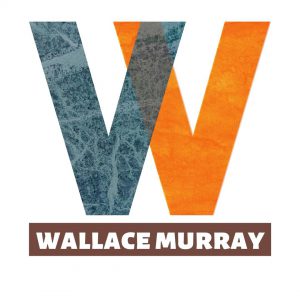CHILD AND YOUTH REPORTSCHILD
In our present-day justice system, Gladue Reports exist because Gladue rights must be considered in every criminal court in Canada, when someone who self-identifies as an Indigenous person may be sentenced.
Written by a Gladue report writer, it exists because a full picture of the person before the court must be given before sentencing can be determined.
In our present-day Aboriginal Child and Family Services system, no standards or best practices of reports exist to give a full picture of the child or youth in care. Rather, a variety of documents exist, all from different sources. What we do is to take all the documents, sources, stories and family interviews, and put it all together into one full child and youth report.
We consider both Gladue reports as well as the child and youth reports we create to be the written word of the sacred stories that are waiting to be told. Gladue reports apply to all Indigenous people:, First Nations, Métis, or Inuit; whether they live on-reserve or off-reserve, or in an Indigenous community or a non-Indigenous community; status or non-status Indians. Child and youth reports can be seen in the same way and why they are so important.
Gladue reports also apply if they were adopted out and raised by a non-Indigenous family. However, to write a Gladue report when medical documents, reference reports, Child care governmental reports, and other source documents, are missing or written from a systemic perspective, is obviously challenging. To not have a document that is written as the full, unique story as a child or youth report, is not only a way for a system to determine one’s narrative, but it also fails to share the true, full story of children and youth in care from the perspective of the child and youth as well as their community.
Gladue Reports inform the judge about the personal circumstances and background information about the offender. We can do the same with any life story we write on your behalf or in collaboration together.
The history of the nation and the community
The impacts of myriad traumas, such as medical, economic, and residential schools of the offender, family and community
The formative years on or off reserve.
The foster care system, and impacts on the child, youth, person as well as their family and community
Observable impacts such as addiction, abuse, and overall trauma challenges that exists for everyone in the community
Documented assessments and history of health issues, developmental and psychological challenges, and mental health case histories
Complex trauma analysis to show that cognitive, emotional, and behavioural impacts go beyond labels such as PTSD, FASD, anxiety, depression and other observed symptoms.
In what ways the community will be integral in the healing process, and include rehabilitation, psychotherapeutic, cultural and community healing modalities and programs.
Together, we can recommend sentencing, care programs, and what an appropriate sentence and/or healing journey can look like.

